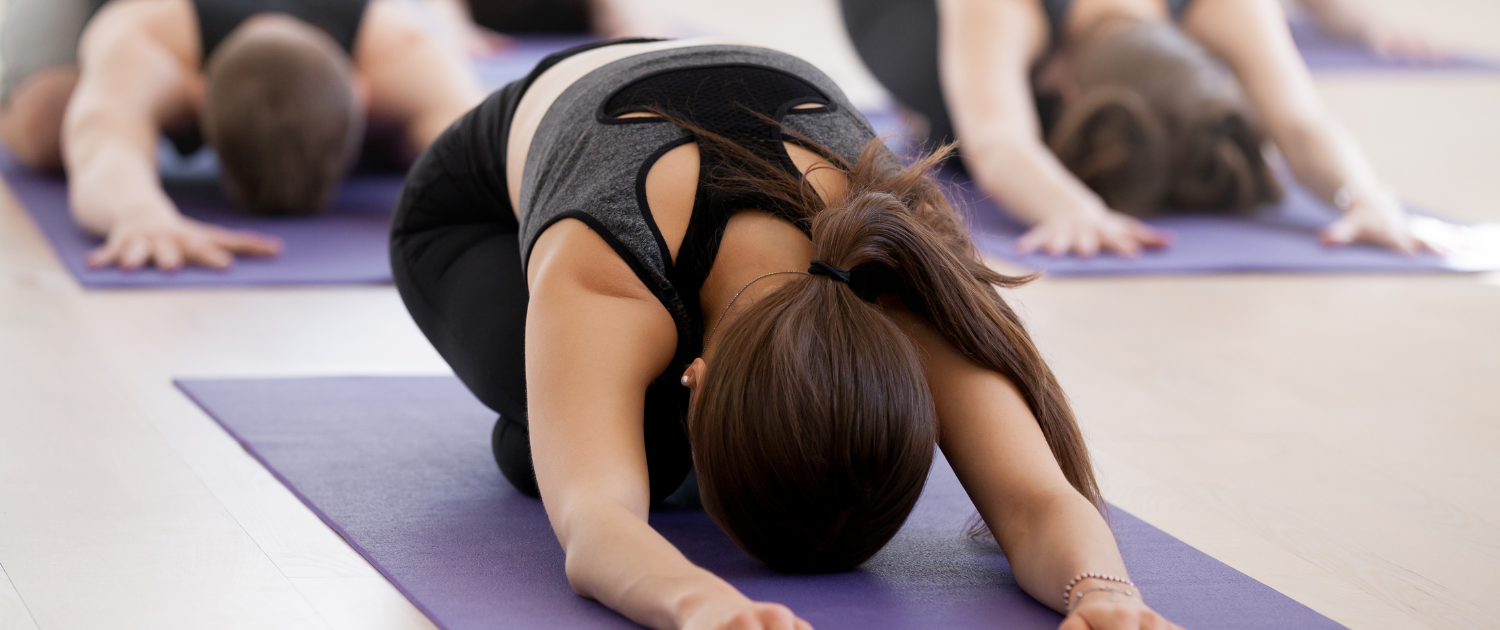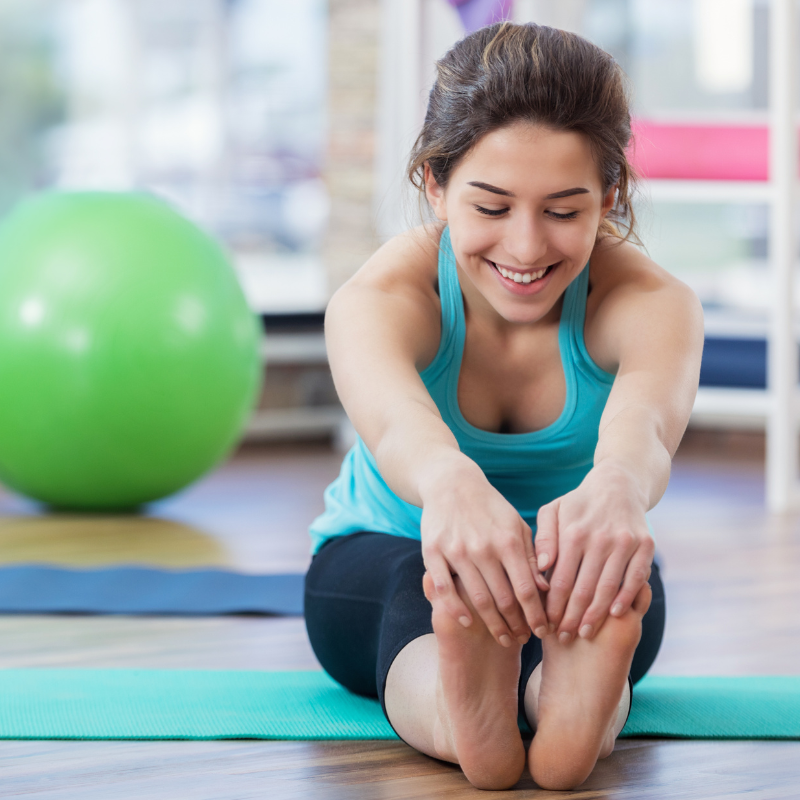Living with chronic pain can be a daily struggle, impacting both physical and mental well-being. For those seeking a holistic and gentle approach to managing chronic pain, Pilates emerges as a beacon of hope. More than just a form of exercise, Pilates is a method that promotes strength, flexibility, and overall well-being. In this comprehensive guide, we will delve into the myriad of benefits of Pilates for individuals navigating the challenges of chronic pain.
1. Mindful Movement: The Power of Awareness
Chronic pain often comes with a complex set of triggers and manifestations. Pilates distinguishes itself by promoting mindful movement—a practice centred around intentional and controlled actions. By fostering a heightened awareness of how the body moves, Pilates empowers individuals to understand and manage their chronic pain triggers more effectively. This mindfulness becomes a powerful tool in the holistic approach to pain management.
2. Core Strengthening: A Foundation for Relief
A strong core serves as a cornerstone in the journey of managing chronic pain. Pilates, with its emphasis on the powerhouse—comprising the muscles of the abdomen, lower back, and hips—offers targeted exercises that build core strength. This strength, in turn, provides essential support and stability to the spine, alleviating the strain that often contributes to chronic back pain.
3. Improved Flexibility: Unlocking Range of Motion
Chronic pain is frequently accompanied by stiffness and reduced range of motion. Pilates, with its dynamic stretching exercises, becomes a key player in unlocking flexibility and enhancing joint mobility. As flexibility improves, individuals often experience a reduction in pain and an increased sense of freedom in movement.
4. Low-Impact Exercise: Gentle on the Joints
For those with chronic pain conditions like arthritis, the choice of exercise is critical. Pilates, being a low-impact form of exercise, is gentle on the joints. Its controlled and fluid movements minimize impact, making it an accessible and effective option for individuals seeking relief without exacerbating their pain.
5. Rehabilitation Benefits: A Path to Recovery
Pilates isn’t just a fitness regimen; it’s a rehabilitation tool embraced by many on the journey to recovery. Whether recovering from surgery or managing the aftermath of an injury, Pilates offers a low-impact and progressive way to rebuild strength, regain mobility, and reestablish a connection with one’s body.
6. Posture Correction: Aligning for Pain Relief
Poor posture often contributes to chronic pain, especially in the back and neck. Pilates places a significant focus on posture correction by aligning the spine and improving overall body mechanics. As individuals cultivate better posture through Pilates, they often experience a reduction in pain associated with misalignment.
7. Stress Reduction: A Mind-Body Harmony
Chronic pain isn’t solely physical; it takes a toll on mental well-being. Pilates, with its integration of controlled breathing and relaxation techniques, becomes a sanctuary for stress reduction. The mind-body harmony cultivated in Pilates sessions offers a respite from the mental burden of chronic pain, contributing to a positive overall mood.
8. Customizable Workouts: Tailoring to Individual Needs
One of the remarkable aspects of Pilates is its adaptability to individual needs and abilities. Whether you’re a beginner taking the first steps in your fitness journey or an advanced practitioner managing chronic pain, Pilates workouts can be customized. This adaptability allows for the creation of exercise routines that address specific areas of pain while accommodating any physical limitations.
9. Increased Energy Levels: Rejuvenating the Spirit
Chronic pain can be not only physically draining but mentally exhausting as well. Pilates, with its emphasis on controlled movements and mindful breathing, has been shown to increase energy levels. Regular practice rejuvenates the spirit, providing a much-needed boost to overall vitality and helping individuals better cope with the daily challenges posed by chronic pain.
10. Holistic Well-Being: Nurturing a Positive Mindset
Pilates is more than a series of exercises; it’s a holistic approach to well-being. By integrating the mind and body, Pilates encourages a positive mindset. The proactive engagement with one’s own physicality fosters a sense of control over chronic pain, transforming the narrative from one of limitation to one of empowerment.
11. Enhanced Body Awareness: A Key to Pain Management
Beyond the physical benefits, Pilates places a significant emphasis on enhancing body awareness. The mind-body connection fostered in Pilates sessions allows individuals to tune into the subtleties of their own bodies, aiding in the identification and understanding of pain patterns. This heightened awareness becomes a valuable tool in managing chronic pain, enabling individuals to make informed choices and adjustments to their movements and activities.
Embarking on Your Pilates Journey: Practical Steps
Consultation with Healthcare Professionals:
Before embarking on any new exercise routine, especially for managing chronic pain, it is crucial to consult with healthcare professionals. They can provide valuable insights into your specific condition, ensuring that Pilates is a safe and suitable option for your unique needs.
Certified Pilates Instructors:
Engaging with a certified Pilates instructor is a key step in reaping the full benefits of this method. Instructors can tailor exercises to your abilities, provide guidance on proper form, and offer modifications to accommodate any physical limitations.
Consistency is Key:
As with any form of exercise, consistency is paramount. Establishing a regular Pilates practice is essential for experiencing the long-term benefits. Start gradually, listen to your body, and progress at a pace that feels comfortable for you.
Setting Realistic Goals:
Set realistic and achievable goals for your Pilates practice. Whether it’s improving flexibility, alleviating back pain, or simply enhancing overall well-being, having clear goals will provide direction and motivation on your journey.
Mind-Body Connection:
Embrace the mind-body connection that Pilates encourages. Be present in each movement, focusing on the breath and the sensations within your body. This mindful approach enhances the effectiveness of the exercises and contributes to the overall sense of well-being.
Conclusion: A Path to Pain-Free Living
In the realm of chronic pain management, Pilates emerges as a holistic and empowering ally. Its multifaceted approach, encompassing mindful movement, core strengthening, flexibility enhancement, and stress reduction, provides a comprehensive toolkit for individuals navigating the challenges of chronic pain.
As you embark on your Pilates journey, remember that it’s not just about the exercises; it’s a transformative experience that nurtures both the body and the spirit. Consult with healthcare professionals, engage with certified instructors, and approach your practice with consistency and mindfulness. Through Pilates, you have the opportunity to rewrite your relationship with chronic pain, embracing a path to pain-free living and a renewed sense of well-being.



